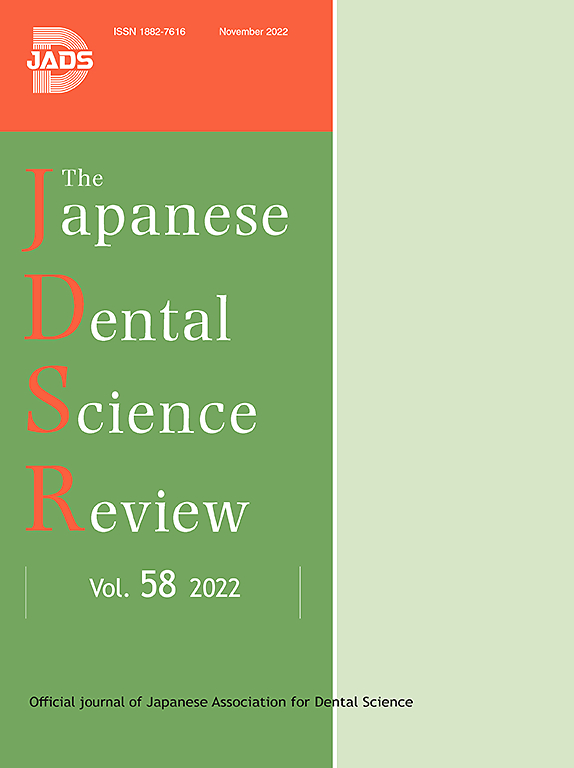Effects of phototherapy in patients with idiopathic facial palsy: Scoping review
IF 6.6
2区 医学
Q1 DENTISTRY, ORAL SURGERY & MEDICINE
引用次数: 0
Abstract
Phototherapy has emerged as a promising treatment for Bell’s palsy, offering potential improvements in facial nerve function and overall well-being. In this study, we selected seven relevant studies involving 306 patients with subacute or acute Bell’s palsy from PubMed, EMBASE, Web of Science, and Scopus before June 5, 2024. Low-level laser therapy (LLLT) efficacy for facial nerve paralysis was assessed in seven studies. Two studies lacked standard deviation data, precluding meta-analysis. Sunnybrook scores favored LLLT (mean difference [MD] = 17.42, 95 % confidence interval [CI]: 4.00–30.84, p = 0.011). However, Facial Disability Index results showed no significant difference (MD = 12.16, 95 % CI: −0.60 to 24.92, p = 0.061) between LLLT and control. LLLT, particularly with wavelengths of 830 or 850 nm administered over 6 weeks, may lead to beneficial outcomes. Combining LLLT with exercise therapy appears to be effective.LLLT demonstrates promise as a management option for Bell’s palsy, potentially offering advantages over other treatments, particularly in patients with comorbidities, such as diabetes. Phototherapy devices currently used in Japan offer non-invasive treatment with minimal patient burden. The safety and therapeutic efficacy of these devices have been confirmed as a potential treatment for facial nerve paralysis.
光疗对特发性面瘫患者的影响:范围界定综述
光疗已成为治疗贝尔氏麻痹的一种很有前景的方法,可改善面神经功能和整体健康。在本研究中,我们从 2024 年 6 月 5 日之前的 PubMed、EMBASE、Web of Science 和 Scopus 中选择了 7 项相关研究,涉及 306 名亚急性或急性贝尔麻痹患者。七项研究对低强度激光疗法(LLLT)治疗面神经麻痹的疗效进行了评估。其中两项研究缺乏标准偏差数据,因此无法进行荟萃分析。桑尼布鲁克评分倾向于 LLLT(平均差 [MD] = 17.42,95% 置信区间 [CI]:4.00-30.84, p = 0.011).然而,面部残疾指数结果显示,LLLT 和对照组之间没有明显差异(MD = 12.16,95 % 置信区间:-0.60 至 24.92,p = 0.061)。LLLT,尤其是波长为 830 或 850 nm、持续 6 周的 LLLT,可能会带来有益的结果。将 LLLT 与运动疗法相结合似乎是有效的。LLLT 作为一种治疗贝尔氏麻痹的方法前景广阔,与其他治疗方法相比可能更具优势,尤其是对糖尿病等合并症患者。日本目前使用的光疗设备提供非侵入性治疗,患者负担最小。这些设备的安全性和疗效已得到证实,是治疗面神经麻痹的潜在方法。
本文章由计算机程序翻译,如有差异,请以英文原文为准。
求助全文
约1分钟内获得全文
求助全文
来源期刊

Japanese Dental Science Review
DENTISTRY, ORAL SURGERY & MEDICINE-
CiteScore
9.90
自引率
1.50%
发文量
31
审稿时长
32 days
期刊介绍:
The Japanese Dental Science Review is published by the Japanese Association for Dental Science aiming to introduce the modern aspects of the dental basic and clinical sciences in Japan, and to share and discuss the update information with foreign researchers and dentists for further development of dentistry. In principle, papers are written and submitted on the invitation of one of the Editors, although the Editors would be glad to receive suggestions. Proposals for review articles should be sent by the authors to one of the Editors by e-mail. All submitted papers are subject to the peer- refereeing process.
 求助内容:
求助内容: 应助结果提醒方式:
应助结果提醒方式:


